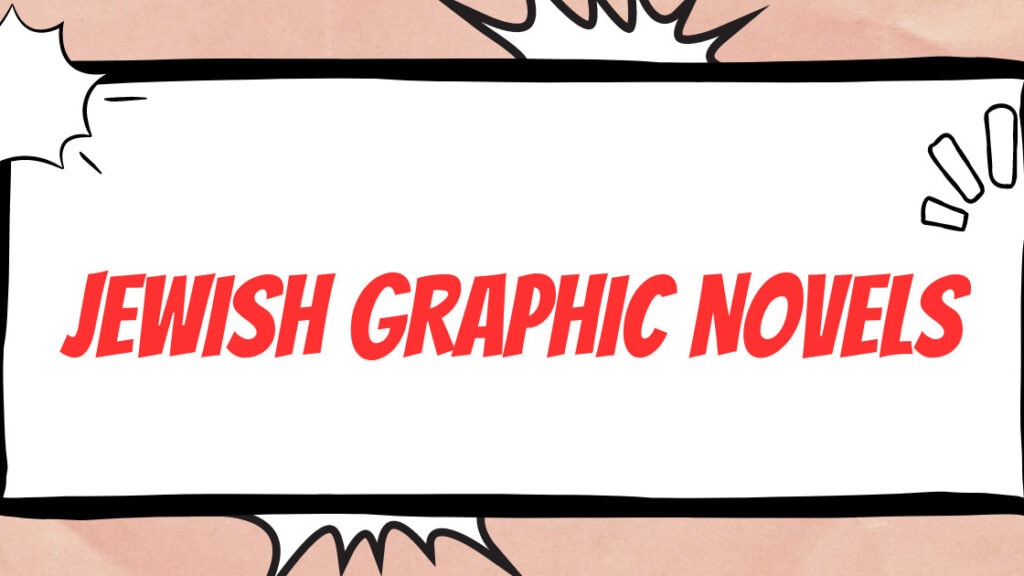

In recent years, illustrators have included the motifs and themes of Jewish scripture and exegesis in their graphic novels. From the Passover story, the story of Esther, Noah, and Pirke Avot, these traditional texts seem new when set within a contemporary format. But is there something more at stake here than bright colors and flashy artwork? Are these works simply an attempt to inspire new audiences? This seminar/workshop focuses on how the idiom of graphic novels shapes the way Jewish scripture and exegesis is presented and understood. Reading a variety of contemporary graphic novels and other source material, students will explore how graphic novels are visual interpretations of classic Jewish texts.
Part 1: We take a close look at two works based on Megillat Esther. The Koren edition, Tanakh Graphic Novel: Esther, by Jordan Gorfinkel and illustrated by Yael Nathan, is formatted to be used during the ritual recitation of the Purim story. It includes the preliminary prayers and presents images and texts on opposite pages. Megillat Esther, illustrated by J T Waldman, includes interpretive interludes and non-traditional pagination. We will discuss how one’s understanding of a text changes when read in a liturgical or literary manner.
Part 2: We will examine works that weave together biblical and midrashic texts with the aim to develop an interpretive synthesis of image and word. These books look at the corpus of Jewish scripture more broadly. Aron Aronofsky, in Noah, makes use of midrashic sources to explore who the “watchers” are. In his retelling, the watchers play a major role in the story. I will share Akhnai Pizza and Binder, Bound, and the Mizbeyach. Akhnai Pizza sets the Talmudic story of the Oven of Akhnai in contemporary Pittsburgh. Binder, Bound, and the Mizbeyach, is based on the Sefardi poem, Et Shaare Ratson, a retelling of the Binding of Isaac. The works in this lecture foreground midrashic and exegetical material and demonstrate that words and pictures can layer various
interpretations one upon the other on a single page.
Part 3: Participants will use drawing as a tool to explore text study.
This event will be held in the NY and on Zoom.